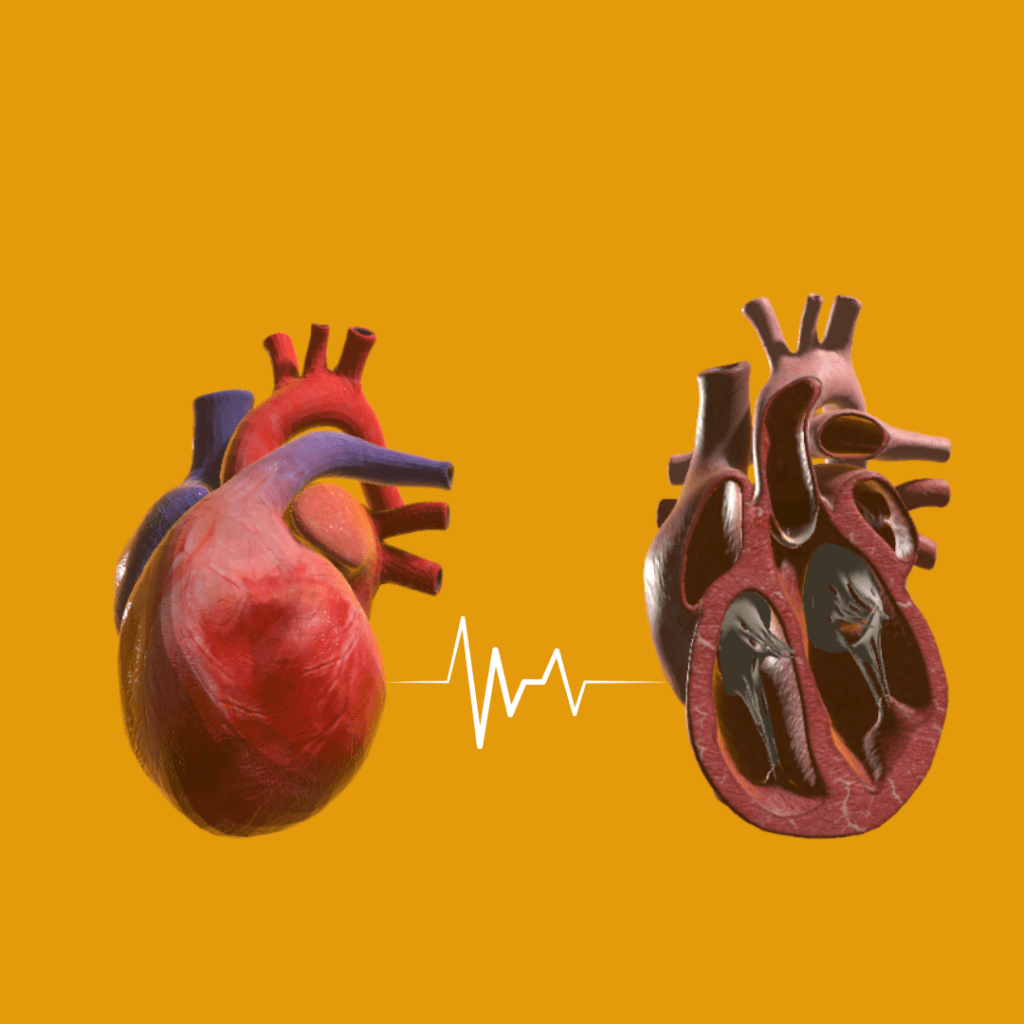The Male Reproductive System
The male reproductive system produces, transports, and releases sperm during intercourse. This complex process involves several organs and structures working together to enable fertility and reproduction.
Key Components
Testes: Produce sperm through a process called spermatogenesis.
Epididymis: Store and transport sperm from the testes to the vas deferens.
Vas Deferens: Muscular tubes that transport sperm from the epididymis to the prostate gland.
Prostate Gland: Produces fluids that nourish and protect sperm.
Urethra: Tube that carries sperm and urine out of the body through the penis.
Penis: External organ for urination and intercourse.
The Process
Sperm Production: Testes produce sperm, which mature and are stored in the epididymis.
Sperm Transport: Sperm are transported through the vas deferens to the prostate gland.
Ejaculation: Sperm are mixed with fluids from the prostate gland and seminal vesicles, forming semen.
Intercourse: Semen is released through the urethra during intercourse.
Regulation
Hormones: Testosterone and other hormones regulate sperm production, transport, and ejaculation.
Nervous System: The nervous system controls ejaculation and erection.
Fun Facts
- The male reproductive system produces over 500 billion sperm in a lifetime!
- Sperm are produced at a rate of 1,500 per second!
- The testes are outside the abdominal cavity to maintain a cooler temperature for sperm production!



